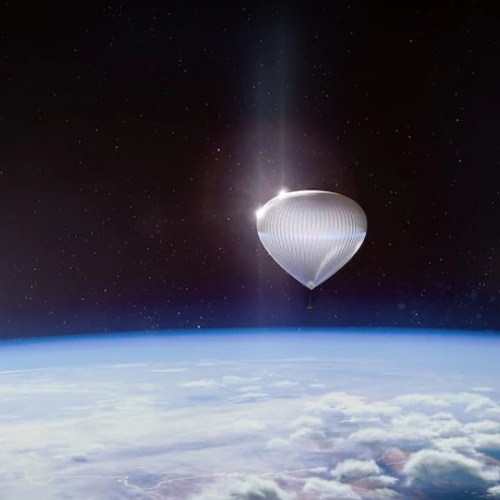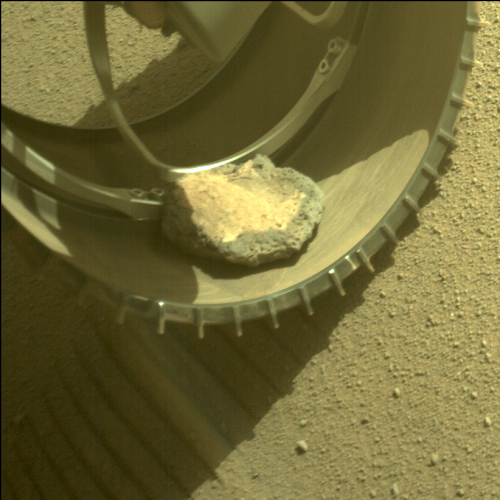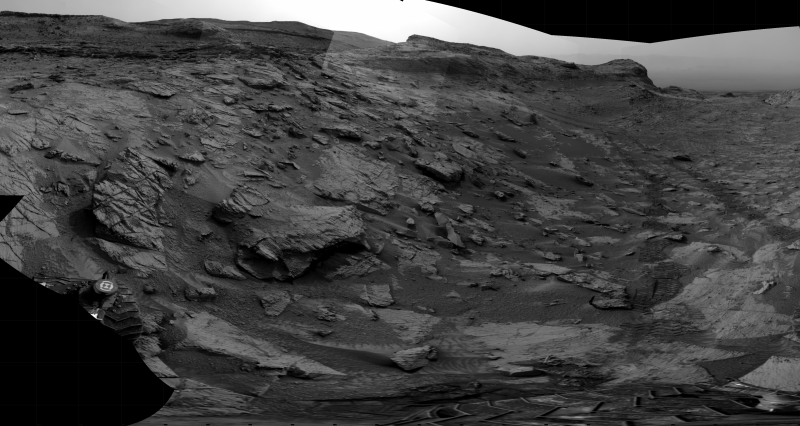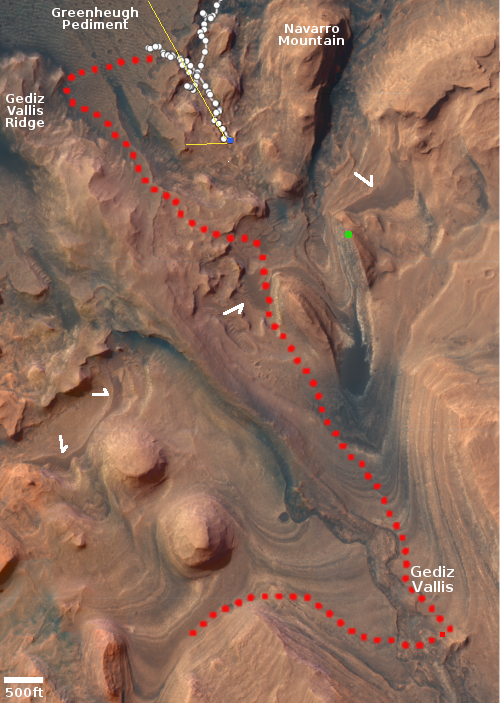
An artist’s impression of a World View tourist balloon in flight
The future of space tourism is not going to be limited to rockets, no matter how romantic those rockets might be. For a lot of people, getting into space might not be a good option simply because of cost. Moreover, even if one could afford the cheaper suborbital flights presently offered by Blue Origin and are promised someday from Virgin Galactic, the short length of the journey, no more than ten minutes in space, could for many people make these flights not worth doing.
There is an alternative however, one that won’t get you into space, but will fly you high enough that you will be above 90% of the atmosphere, see the curve of the Earth, and get to do it for hours for far less money. This alternative comes from the high altitude balloon companies that are now working hard to begin flying tourists sometime in the next two years.
There are presently two American companies on the verge of flying tourists to up about 20 miles altitude. One is Space Perspective in Florida. If all goes as planned, it will begin flying passengers on its Neptune balloon by ’24, at a ticket price of $125K per head. It is presently accepting reservations with a $1,000 deposit.
The second company is Tucson-based World View. Up until 2019 the company had been planning to fly tourists, but a change in leadership brought on by its failure to meet the terms of a local development deal caused it to put those plans aside. Then in 2021 it restarted those plans.
Tickets will cost $50,000 per person, with World View providing what it calls “flexible financing options.” The company expects the first flight no earlier than early 2024.
At the moment about 1000 people have put down a deposit of $500 for a flight.
Both companies will be offering flights lasting most of one day, with additional pre- and post-flight activities.
On May 18, 2022, I attended an event held by World View at its Tucson headquarters. The event showcased the company’s talent, its facilities, and the value of hi-tech high stratospheric balloons. To begin the event, CEO Ryan Hartman gave a short presentation describing his goals for the company and the strategy he is following to reach them. The two graphics below come from that presentation, and provide I think the clearest outline of those goals and strategy.
» Read more










